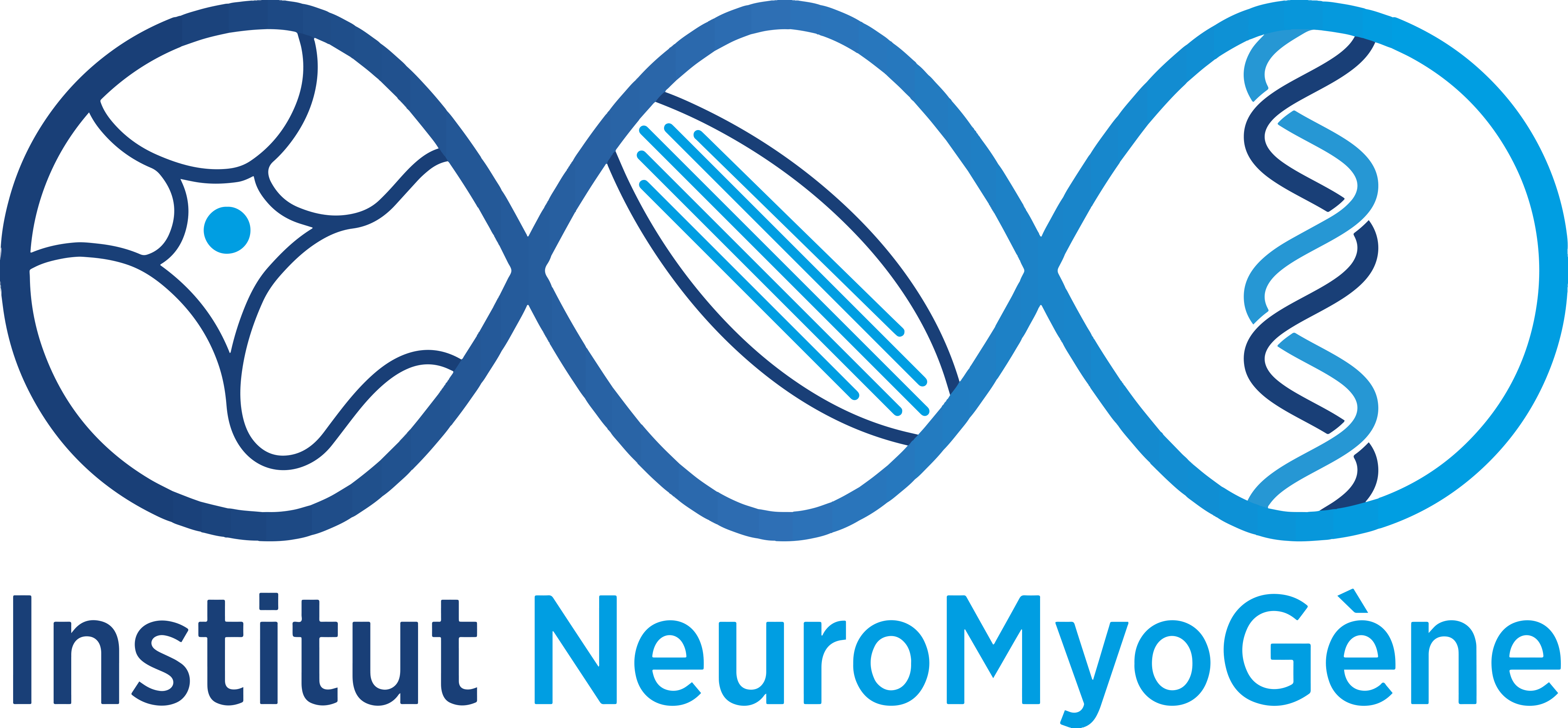We are pleased to welcome Cédric RAOUL from the Institute for Neurosciences of Montpellier (INM) on November 26th. He will give a seminar at 11 am entitled: “Intrinsic and extrinsic determinants of motoneuron vulnerability in amyotrophic lateral sclerosis”.
The seminar will be in the Amphi Physique, ground floor, staircase A.
Abstract
Amyotrophic lateral sclerosis (ALS) is a relentlessly fatal neurodegenerative disorder that primarily affects motoneurons in the brain and spinal cord. ALS typically begins between the ages of 40 and 70 with muscle wasting, progressing rapidly to complete paralysis and death within 3 years of symptom onset. While the neurodegenerative process selectively targets motoneurons, the underlying factors also involve non-cell-autonomous mechanisms. Understanding the communication signals between motoneurons, and neighbouring cells is a challenging issue that need to be addressed for the development of effective therapies. Our mission is to uncover the intrinsic and extrinsic contributions of non-neuronal cells to motoneuron vulnerability in order to design innovative therapeutic interventions. To achieve this goal, we propose investigating the cellular, molecular and electrophysiological aspects of the pathology and connect them with clinical expertise and research. This will help address the intrinsic defects of motoneurons that make them susceptible to signals from other cellular partners, such as glial cells or immune cells.
References
Soustelle, L., Aimond, F., Lopez-Andres, C., Brugioti, V., Raoul, C., and Layalle, S. (2023). ALS-Associated KIF5A Mutation Causes Locomotor Deficits Associated with Cytoplasmic Inclusions, Alterations of Neuromuscular Junctions, and Motor Neuron Loss. J Neurosci 43, 8058-8072.
Rochat, C., Bernard-Marissal, N., Kallstig, E., Pradervand, S., Perrin, F.E., Aebischer, P., Raoul, C., and Schneider, B.L. (2022). Astrocyte-targeting RNA interference against mutated superoxide dismutase 1 induces motoneuron plasticity and protects fast-fatigable motor units in a mouse model of amyotrophic lateral sclerosis. Glia 70, 842-857.
Soulard, C., Salsac, C., Mouzat, K., Hilaire, C., Roussel, J., Mezghrani, A., Lumbroso, S., Raoul, C*., and Scamps, F*. (2020). Spinal Motoneuron TMEM16F Acts at C-boutons to Modulate Motor Resistance and Contributes to ALS Pathogenesis. Cell Rep 30, 2581-2593 e2587. *equal contribution/co-corresponding authors.
Coque, E., Salsac, C., Espinosa-Carrasco, G., Varga, B., Degauque, N., Cadoux, M., Crabé, R., Virenque, A., Soulard, C., Fierle, J.K., Brodovitch, A., Libralato, M., Végh, A.G., Venteo, S., Scamps, F., Boucraut, J., Laplaud, D., Hernandez, J., Gergely, C., Vincent, T. and Raoul, C. (2019). Cytotoxic CD8+ T lymphocytes expressing ALS-causing SOD1 mutant selectively trigger death of spinal motoneurons. Proc Natl Acad Sci USA 116, 2312-2317.
Otsmane, B., Moumen, A., Aebischer, J., Coque, E., Sar, C., Sunyach, C., Salsac, C., Valmier, J., Salinas, S., Bowerman, M. and Raoul, C. (2014). Somatic and axonal LIGHT signaling elicit degenerative and regenerative responses in motoneurons, respectively. EMBO Rep 15, 540-547.

